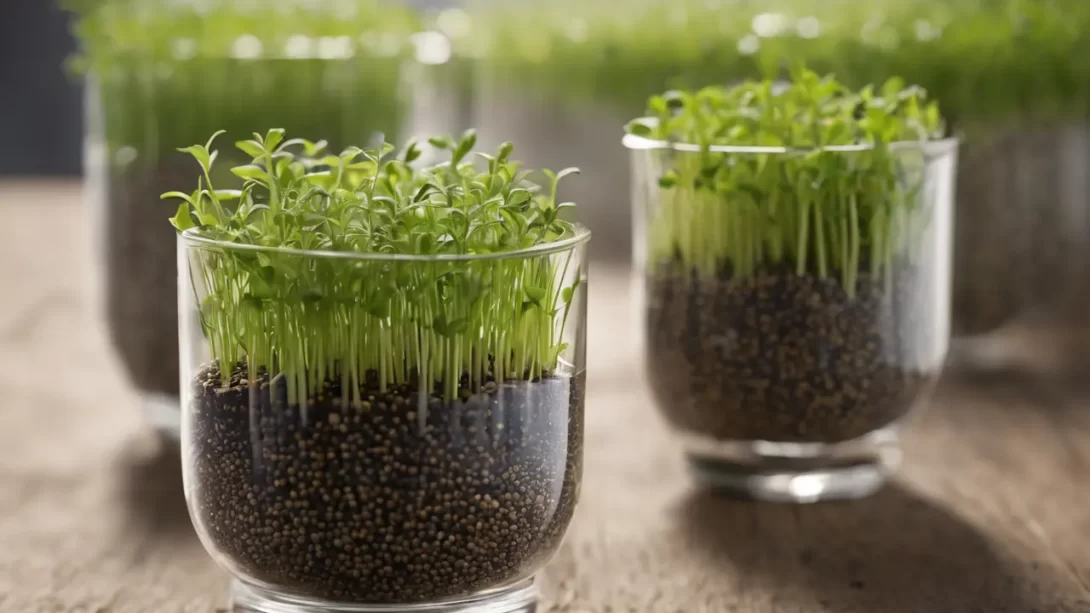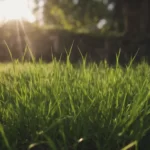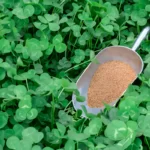Chia seeds have gained immense popularity as a superfood, renowned for their rich nutritional profile and health benefits. These tiny seeds, when soaked in water, develop a gel-like coating and can be used in various dishes. However, a less explored aspect of chia seeds is their potential when sprouted. This article aims to delve into the world of chia seed sprouts, examining their edibility, nutritional value, and how they can be incorporated into your diet.
What Are Chia Seed Sprouts?
Chia seed sprouts are the result of germinating chia seeds in a moist environment until they begin to grow. Unlike the soaked seeds, which are often used in puddings and smoothies, sprouted chia seeds exhibit tiny green shoots. The sprouting process usually takes a few days and transforms the seeds into a microgreen, which can be a nutrient-rich addition to your diet. The nutritional profile of chia seed sprouts is slightly different from the seeds themselves, often having increased bioavailability of certain vitamins and minerals.
Nutritional Benefits of Chia Seed Sprouts
Chia seed sprouts are a powerhouse of nutrients. They are rich in vitamins, minerals, antioxidants, and dietary fiber. Sprouting tends to enhance the availability of nutrients such as vitamin C, essential amino acids, and enzymes, making them easier for the body to absorb. These sprouts are also a great source of protein, which is vital for muscle building and repair. The high fiber content aids in digestion and helps maintain a healthy gut, while the presence of antioxidants contributes to overall health and wellness. Compared to other common sprouts, such as alfalfa or mung bean, chia seed sprouts hold their own in terms of nutritional value, offering a unique blend of benefits.
How to Grow Chia Seed Sprouts
Growing chia seed sprouts is a simple and rewarding process that can be done at home. You’ll need chia seeds, a shallow tray or dish, and a fine-mesh cloth or paper towels. Here’s a step-by-step guide:
- Preparation: Spread a layer of chia seeds over the bottom of your tray or dish. Ensure they are spaced evenly and not overcrowded.
- Moistening: Lightly mist the seeds with water. Cover them with a fine-mesh cloth or paper towel to maintain moisture and allow for air circulation.
- Care: Keep the seeds in a warm, well-lit area but not in direct sunlight. Mist them a few times a day to keep them moist but not waterlogged.
- Harvesting: Within a few days, you should see tiny sprouts emerging. Once they reach about half an inch in height, they are ready to be harvested.
Remember, the key to successful sprouting is maintaining the right balance of moisture and air circulation. Overwatering can lead to mold growth, while under-watering can dry out the seeds.
Culinary Uses of Chia Seed Sprouts
Chia seed sprouts can be a versatile addition to your diet. Their mild, slightly nutty flavor complements various dishes. Here are some ideas:
- Salads: Toss them into green salads for added texture and nutrients.
- Sandwiches and Wraps: Use them as a fresh, crunchy filling in sandwiches and wraps.
- Smoothies and Juices: Blend them into smoothies or juices for a nutrient boost.
- Garnish: Sprinkle over soups, stews, or pasta dishes as a nutritious garnish.
The sprouts can be eaten raw to preserve their nutritional content and crunchy texture. When storing chia seed sprouts, keep them in a sealed container in the refrigerator and consume them within a few days for the best quality.
Precautions and Potential Risks
While chia seed sprouts are generally safe and healthy, there are some precautions to consider. It’s essential to ensure they are grown in sanitary conditions to avoid contamination with harmful bacteria like Salmonella or E. coli. People with a history of foodborne illness or compromised immune systems should be particularly cautious. Always rinse the sprouts thoroughly before consuming.
Precautions and Potential Risks
While chia seed sprouts are a nutritious addition to many diets, it’s important to approach their cultivation and consumption with care. The warm, moist conditions ideal for sprouting seeds are also conducive to the growth of bacteria, including Salmonella and E. coli. To minimize this risk, maintain clean sprouting conditions and rinse the sprouts thoroughly before eating. Individuals with compromised immune systems, pregnant women, and young children might consider avoiding raw sprouts due to the increased risk of foodborne illnesses.
Conclusion
Chia seed sprouts offer a unique and nutritious option for those looking to diversify their diet with healthy greens. Packed with essential nutrients, these sprouts can enhance your meals both nutritionally and aesthetically. Growing chia seed sprouts at home is a straightforward process that can yield a fresh supply of this superfood. When incorporated into salads, sandwiches, smoothies, and as garnishes, they not only add a pleasant crunch but also a boost of vitamins, minerals, and antioxidants.
However, it’s crucial to practice safe sprouting techniques and consume these sprouts wisely, especially considering the potential risks of bacterial growth. As with any dietary change or addition, moderation is key. Chia seed sprouts can be a part of a balanced and varied diet, contributing to overall health and wellness.
In summary, chia seed sprouts are a versatile, nutritious, and accessible food source. By following proper growing and preparation methods, they can be safely enjoyed by most individuals looking to add a nutritious twist to their meals.



